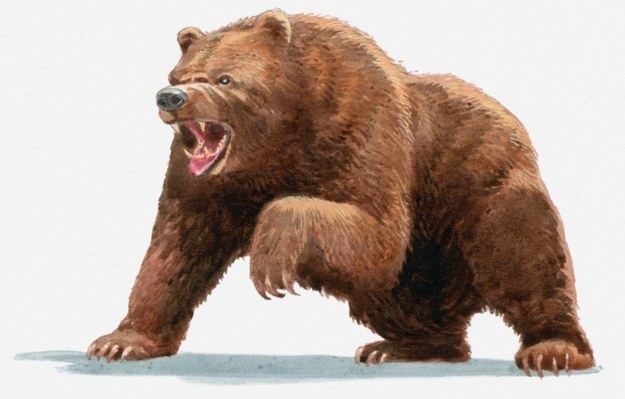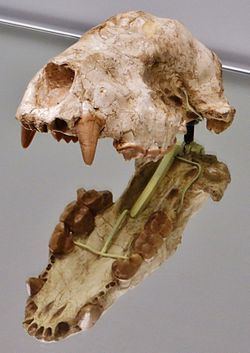Suborder Caniformia Family Ursidae Phylum Chordata Order Carnivores | Superfamily Arctoidea Subfamily Ailuropodinae Rank Genus | |
 | ||
Similar Ursavus, Agriotherium, Carnivores, Plionarctos, Parictis | ||
Indarctos is a genus of mammals of the bear family, Ursidae, endemic to North America, Europe and Asia during the Miocene. It was present from ~11.1 to 5.3 Ma, existing for approximately 6.2 million years.
Contents
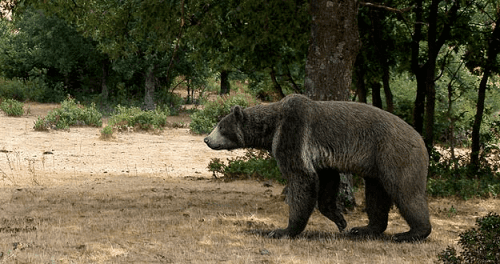
The oldest member is from Arizona (~11.1—7.7 Ma) and youngest is (~9.0—5.3 Ma) from Kazakhstan. In North America this animal was contemporary with Plionarctos (~10.3—3.3 Ma).
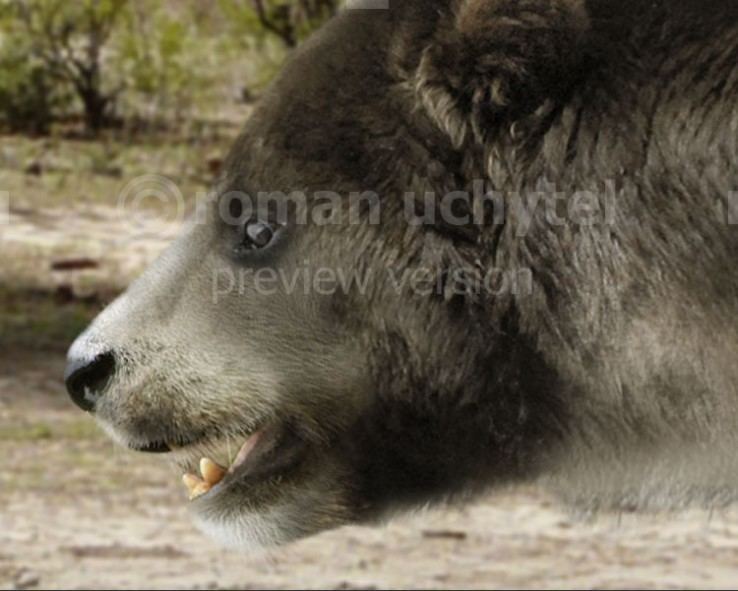
Taxonomy
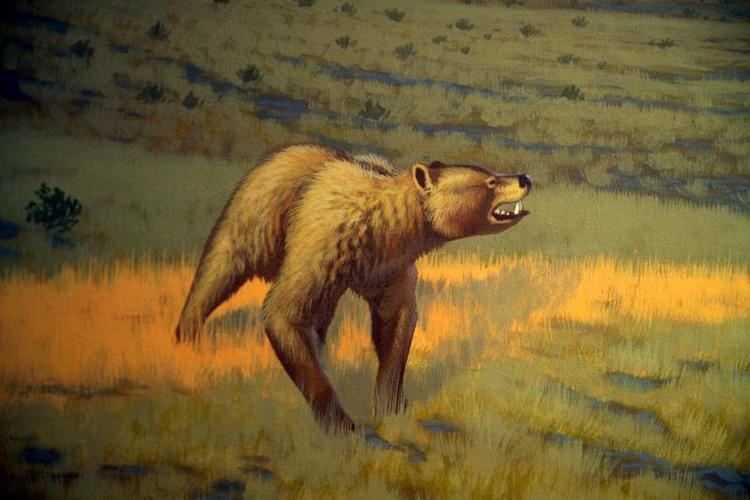
Indarctos was named by Pilgrim (1913) Its type is Indarctos salmontanus. It was assigned to Agriotheriini by Chorn and Hoffman (1978); to Ursavini by Hunt (1998); and to Ursidae by Pilgrim (1913), Carroll (1988) and Salesa et al. (2006). Abell et al. (2012) designated the genus in a new tribe Indarctini and assigned it to Ailuropodinae.
Body mass
Two specimens were examined by Legendre and Roth for body mass.
Fossil distribution
Sites and specimen ages:
